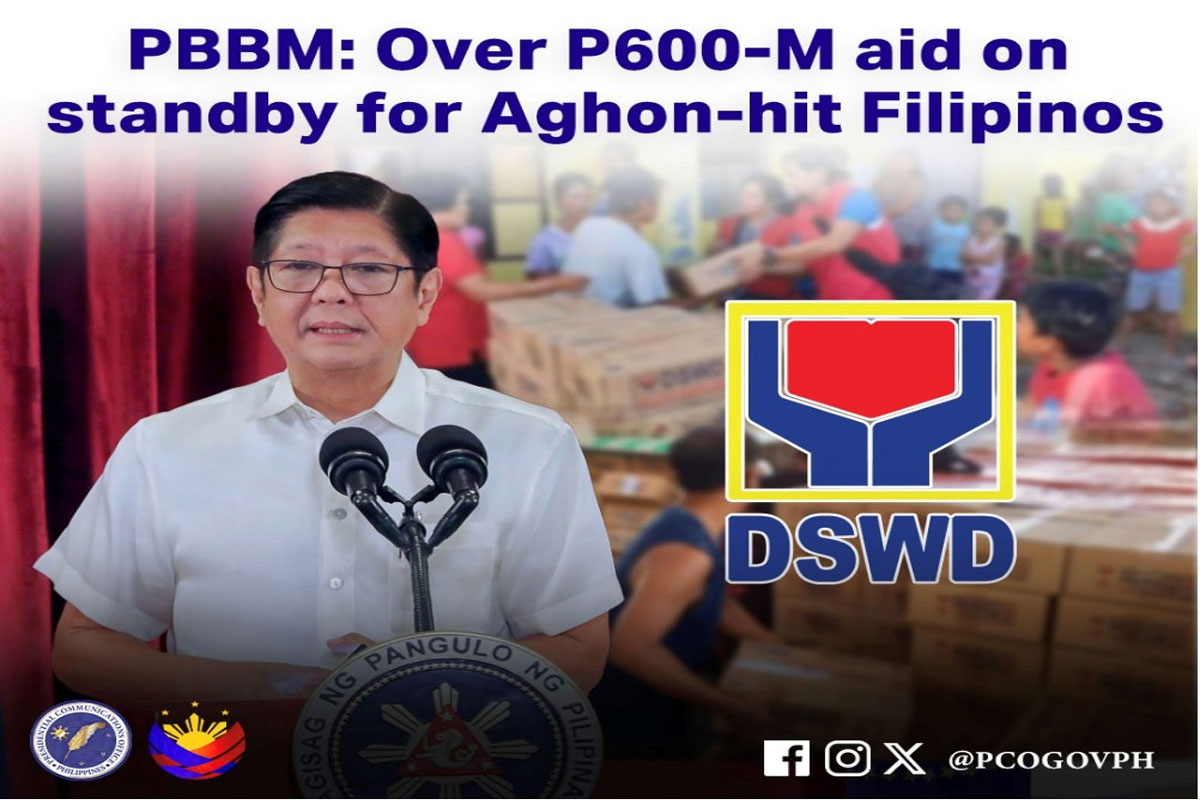
Lady solon promotes ‘pis syabit’
A CONGRESSWOMAN is taking a lead role in promoting locally-produced clothes, especially those made of Sulu’s woven cloth, the pis syabit.
Rep. Shernee Tan-Tambut of the Kusug Tausug recently met with internationally known Filipino designer Ann F. Ong to come up with plans to promote Sulu province’s pis syabit and Tausug culture along with other Philippine designs being promoted by Ms. Ong.
At the meeting attended by Ms. Ong, her husband, Jason, and their son, John, also a designer and digital marketing expert plus a few others, the two discussed how pis syabit may be promoted first in New York and later in other fashion capitals of the world.
Inspecting the pis syabit samples that Tan-Tambut brought along, Ms. Ong and her son agreed with the congresswoman that the Sulu cloth has much potential especially in the
international market.
The pis syabit is a one-of-a-kind piece of cloth exclusively woven in Sulu. It is made of cotton and/or silk, sometimes with metallic gold threads incorporated in the weave.
It used to be worn by Tausug men during very special occasions as a headdress or a décor hung on one’s shoulder to indicate their high social status. In modern times, the pis syabit has been used as the main material or accent for clothes and are also used to make fashion accessories.
Being woven by Muslims, it only has geometrical patterns because Islam forbids reproducing the likeness of living things, whether human, flora or fauna.
The congresswoman has been actively promoting this cloth and other Sulu products since her first term as party list representative.
Wearing a pis syabit-accented modern terno at the 2016 State of the Nation Address, she was named one of the ten best dressed ladies who attended the occasion.
Cong. Tan-Tambut said she is encouraging the members of the Kusug Tausug party list, who she refers to as her KT community, to help her start a “buy local products” campaign to help our small and medium enterprises get back on their feet.
Noting the proliferation of cheap but low-quality imported clothes in the market, Cong. Tan-Tambut said she wants to start by encouraging Filipinos to patronize locally-produced clothes and help small retailer stores as well as our local designers recover from their losses due to the pandemic.
Enumerating the benefits of buying locally-made clothes, she said: “ One, it boosts our economy because the money paid for the clothes go to the local designers and their helpers, the local dressmakers and the retailers. That is true for Philippine-made RTW as well as for exclusively-designed clothes. Two, we have very good designers; they are starting to get noticed by the world, so for those who go for designer clothes, why not be the proud owner of an exquisite Filipino design? Three, and this is specific for the pis syabit, every piece is an original art work, so anyone who has a pis syabit adorning his/her clothes is assured of ownership of an original piece of art that evokes the history and artistry of the Tausugs. And most importantly, for every pis syabit bought, one family in Sulu is one step closer to getting out of poverty.”
The congresswoman said she will never tire of promoting pis syabit and Sulu culture because she wants every Filipino to understand the Tausug way of life by being familiar with Sulu’s beautiful and unique culture.
Popular acceptance of the cloth is also an effective means of uplifting the economy of the Tausugs.
Tan-Tambut, who is currently chair of the House of Representatives’ Special Committee for Globalization/WTO, is on her 2nd term as party list representative.
Kusug Tausug is one of the party list groups vying for seats in the May elections.
It advocates inclusive and sustainable growth for the most marginalized sectors, particularly the Tausugs and other Muslim Filipino ethnic communities as well as other under-represented groups such as small farmers and fishermen, the elderly, unskilled or low-skilled workers and families living below the poverty line.
















